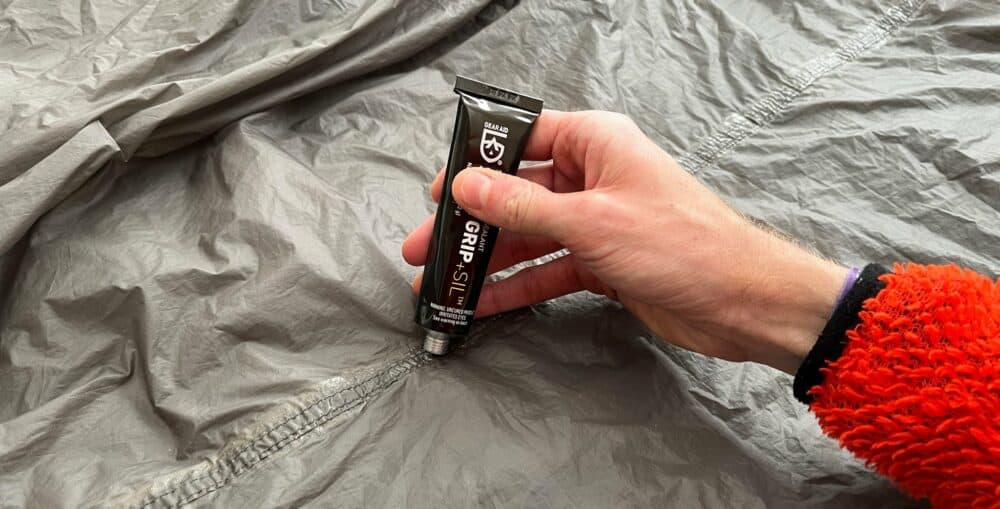Are you looking for advice on how to select, use, and take care of your outdoor gear? You’ve come to the right place! From understanding the parts of a tent to tips on storing your camping chairs, we’ve got you covered. Looking for gear reviews? You’ll find authentic reviews of gear we actually use here.
How to Seam Seal a Tent
Is water coming in through the seams of your tent? Or are those seams just…
How to Wash a Down Sleeping Bag
“Why isn’t my down sleeping bag as warm as it used to be? Why does…
How To Store Fishing Rods: The Secret To Lasting Rods
There’s nothing as satisfying as returning home after a spectacular fishing trip, still buzzing from…
How To Store Sleeping Bags
One of the hidden drawbacks to camping is figuring out how to store your stuff….
How To Clean A Hammock In 10 Easy Steps
Maintaining your hammock’s beautiful looks, scent, and functionality over time requires some regular maintenance, just…
How to Clean a Tent that Smells (Updated 2023)
Does your tent smell musty and old? Have you just taken your tent out of…





